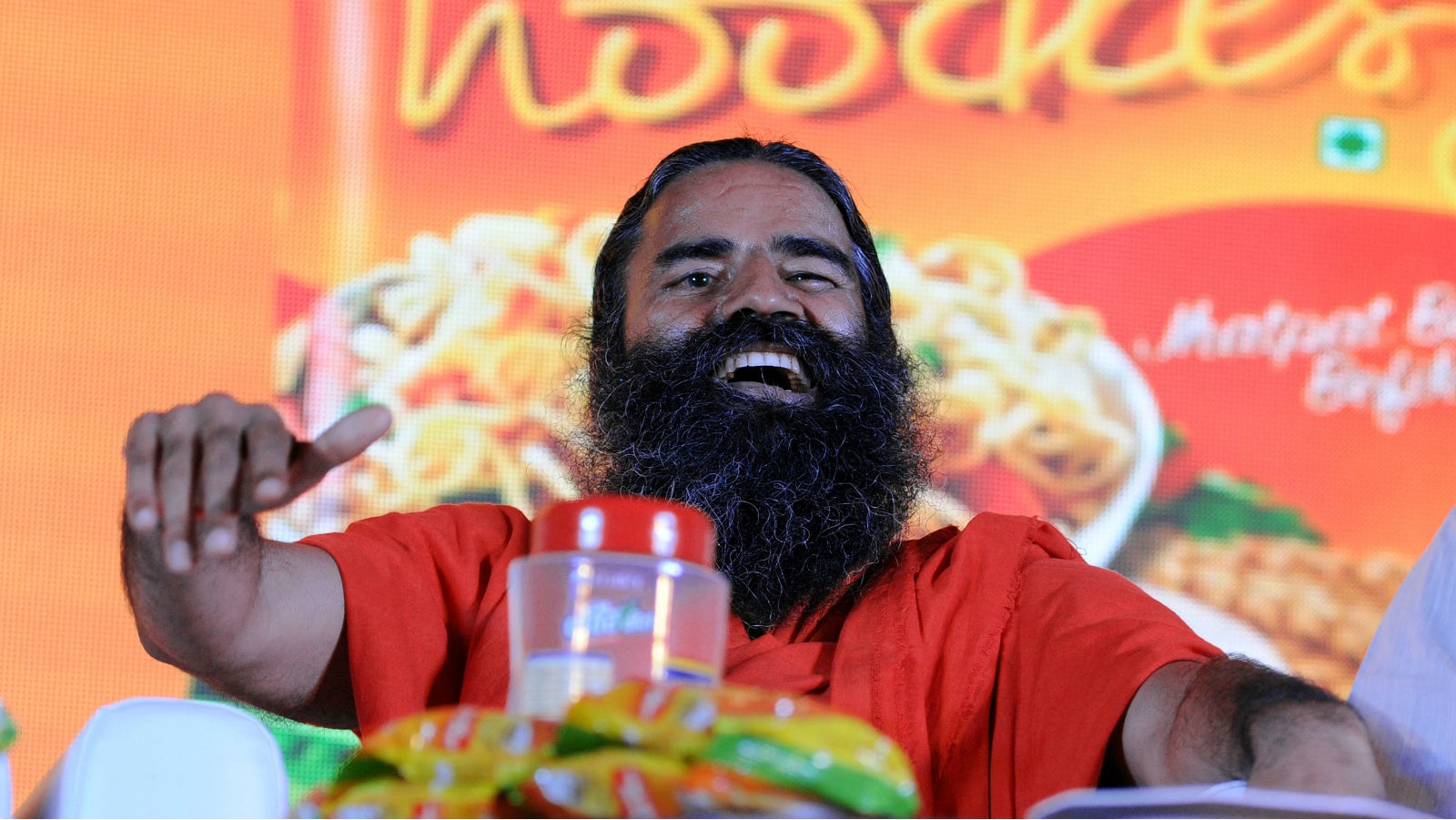Patanjali urgently needs some yoga moves to clear its choked supply chain
India’s hottest consumer goods company, Patanjali Ayurved, is facing a logistical problem.


India’s hottest consumer goods company, Patanjali Ayurved, is facing a logistical problem.
Buoyed by demand, the Rs5,000-crore ($751 million) company is now experiencing a supply lag at some of its outlets, as lower retail margins and obscure locations make it hard to keep these stores well-stocked.
Promoted by yoga guru Ramdev, Patanjali has launched some 400 stock-keeping units or SKU’s in the past decade ranging from biscuits, oil, soaps, shampoos, flour, juices, noodles and toothpaste. It has even set up dedicated stores to sell them.
But demand is outstripping supply.
“Supply issues continue to plague most (Patanjali) outlets,” Nomura analyst Manish Jain said in a Sept. 27 note, pointing out the strong demand for the company’s ghee, toothpaste, and atta (flour) amidst limited supply. According to the brokerage firm, Patanjali must build a robust distribution network through existing mom-and-pop or neighbourhood stores—classified as general trade—as it draws up ambitious plans to launch more products.
Stocking up
Patanjali’s supply-side challenge is unique.
Typically, consumer good companies spend years building a deep distribution network. Especially in a market like India, where consumers buy goods of daily use from general trade stores, FMCG companies deploy a large sales team to sell to such outlets. For instance, Hindustan Unilever, India’s largest in the sector, reaches seven million retail outlets.
But, according to Nomura, Patanjali hasn’t invested in deepening its coverage.
Currently, the company sells its produce through various channels—general trade, Chikitsalayas (or clinics along with doctors), Arogya Kendras (health and wellness centres), Mega stores, and Patanjali stores, besides pharmacies and retail chains such as the Future Group’s Big Bazaar.
While the Chikitsalayas and Kendras are managed directly by Patanjali, the stores (Mega and Patanjali) are run through franchisees. Such latter account for nearly 45-50% of its retail outlets, according to Nomura.
Managed by local entrepreneurs, Mega and Patanjali stores have cropped up in by-lanes and tiny neighbourhoods, leading to what Nomura calls “haphazard expansion.” And, lower retail margins are making it hard for these retailers to upgrade their stores.
“With these low margins, store-owners are not able to invest in the look and feel of the store, or provide any value added services such as home delivery, credit facilities, short waiting lines with extra staff or any others perks,” the report said, adding that over the long haul, customer retention will become a challenge for such stores.
A lag in distribution could dent Patanjali’s perceived threat to existing FMCG companies, which have been rattled by its rising popularity as a maker of herbal and natural ingredients-based goods, Jain observed.
“…while category growth may be aided by such expansion (through franchised stores), this effort by Patanjali in the direction of bypassing general trade is not scalable, in our view, and we do not see a significant threat to established FMCG players under our coverage,” the Nomura report noted.